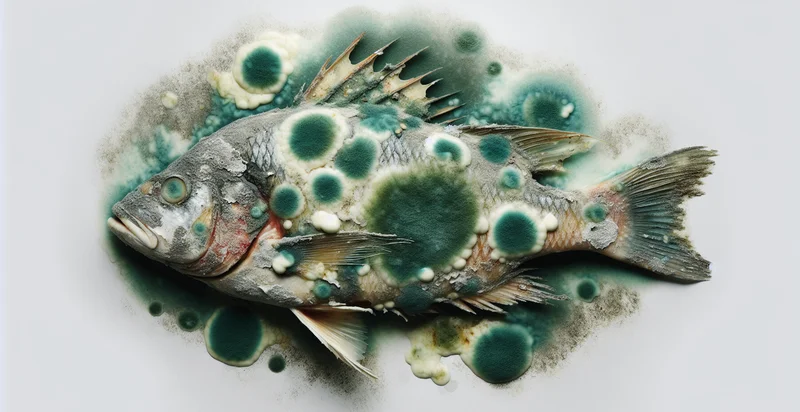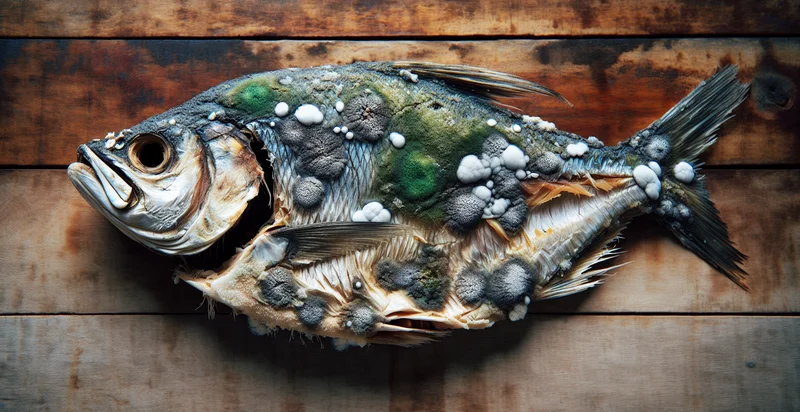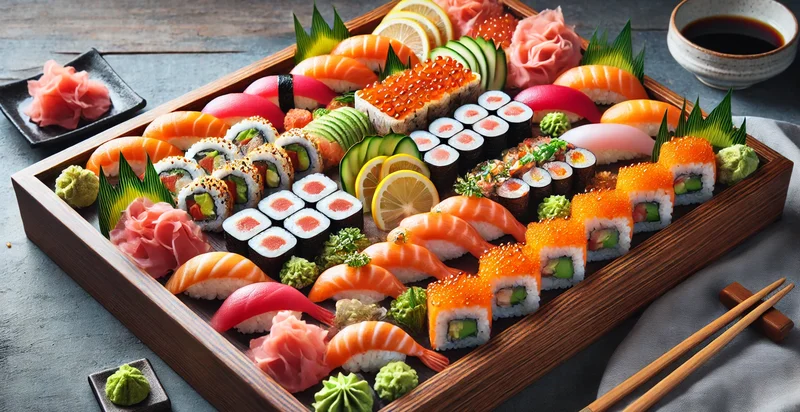Identify if fish is moldy
using AI
Below is a free classifier to identify if fish is moldy. Just upload your image, and our AI will predict if the fish is moldy - in just seconds.

Contact us for API access
Or, use Nyckel to build highly-accurate custom classifiers in just minutes. No PhD required.
Get started
import nyckel
credentials = nyckel.Credentials("YOUR_CLIENT_ID", "YOUR_CLIENT_SECRET")
nyckel.invoke("if-fish-is-moldy", "your_image_url", credentials)
fetch('https://www.nyckel.com/v1/functions/if-fish-is-moldy/invoke', {
method: 'POST',
headers: {
'Authorization': 'Bearer ' + 'YOUR_BEARER_TOKEN',
'Content-Type': 'application/json',
},
body: JSON.stringify(
{"data": "your_image_url"}
)
})
.then(response => response.json())
.then(data => console.log(data));
curl -X POST \
-H "Content-Type: application/json" \
-H "Authorization: Bearer YOUR_BEARER_TOKEN" \
-d '{"data": "your_image_url"}' \
https://www.nyckel.com/v1/functions/if-fish-is-moldy/invoke
How this classifier works
To start, upload your image. Our AI tool will then predict if the fish is moldy.
This pretrained image model uses a Nyckel-created dataset and has 2 labels, including Fresh Fish and Moldy Fish.
We'll also show a confidence score (the higher the number, the more confident the AI model is around if the fish is moldy).
Whether you're just curious or building if fish is moldy detection into your application, we hope our classifier proves helpful.
Related Classifiers
Need to identify if fish is moldy at scale?
Get API or Zapier access to this classifier for free. It's perfect for:
- Quality Control in Seafood Processing: Seafood processing companies can utilize the moldy fish identifier to automatically assess the quality of fish as they enter production lines. This ensures that only fresh fish are processed, reducing wastage and ensuring compliance with food safety regulations.
- Inventory Management in Grocery Stores: Grocery store chains can implement the system to monitor the freshness of fish in their inventory. By identifying moldy fish quickly, stores can take timely actions to remove spoiled items from shelves, maintaining customer satisfaction and minimizing losses.
- Food Delivery Service Verification: Food delivery services can use the identifier to inspect fish before it is packaged for delivery. This helps ensure that customers receive only fresh products, thereby enhancing user trust and reducing the likelihood of returns and complaints.
- Restaurant Supply Chain Optimization: Restaurants can integrate the moldy fish identifier in their supply chain operations to assess deliveries upon arrival. This use case enables them to ensure the quality of ingredients, ultimately leading to a better dining experience for patrons.
- Aquaculture Farming Monitoring: Aquaculture farmers can deploy this technology to monitor the health and quality of fish in their farms. Identifying mold early could facilitate timely interventions, improving overall farm productivity and fish quality.
- Consumer App for Seafood Purchases: A mobile application could leverage the moldy fish identifier by allowing consumers to scan fish products before purchase. This empowers consumers to make informed decisions, promoting food safety and encouraging responsible consumption practices.
- Research and Development in Food Safety: Research institutions can utilize the identifier to study the factors contributing to fish spoilage and mold growth. The insights gained can lead to the development of better preservation methods and contribute to advancing food safety standards in the industry.


